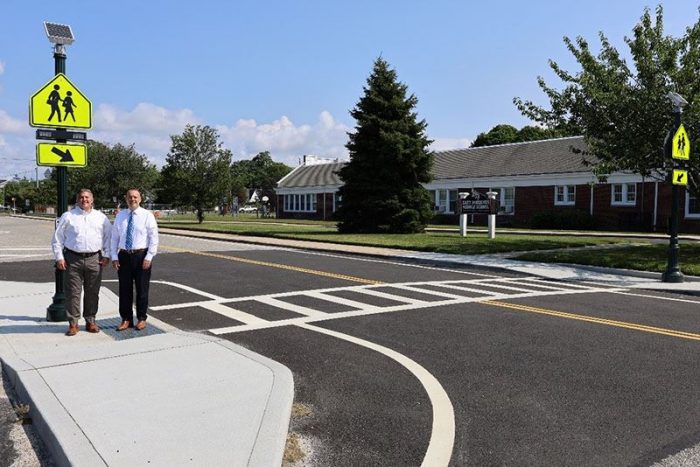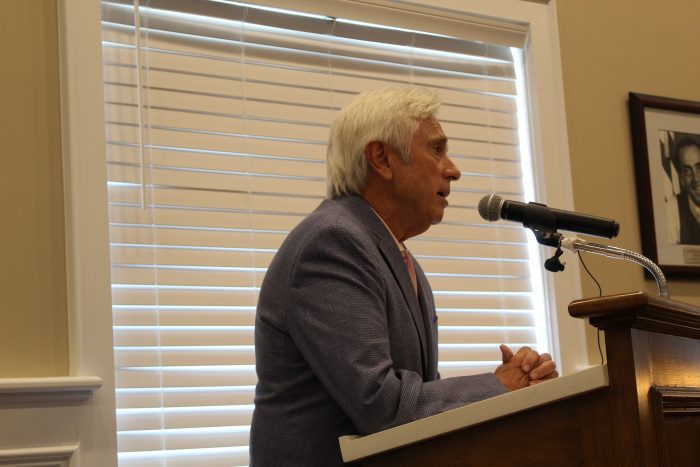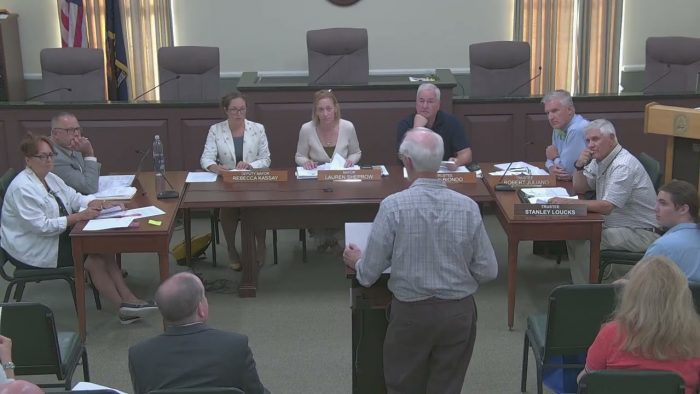By Samantha Rutt
National Grid’s supply rates have fallen below those offered by the Town of Brookhaven’s Community Choice Aggregation program for another month.
This week, National Grid released its September supply rates, which stand at $0.297 per therm — more than twice less than the current offering from the CCA at $0.695 per therm. Natural gas consumers were automatically opted into the CCA program earlier this year.
The Town of Brookhaven referred requests for comment to Manhattan-based Good Energy, administrator of its CCA program.
“While fixed energy rates may not offer immediate cost savings, they provide stability and protection in the long run,” Javier Barrios, managing partner at Good Energy, said in an exclusive interview. “Fluctuating utility rates can make it challenging to estimate your monthly energy costs, potentially leading to unexpected financial burdens.”
During last month’s Town Board meeting, however, Barrios and another representative from Good Energy met resistance over the CCA’s cost structure and the firm’s public outreach efforts. [See story, “Natural gas prices still higher under Brookhaven CCA,” Aug. 25, TBR News Media].
Given the elevated price for those remaining opted into the CCA, Town of Brookhaven Councilmember Jonathan Kornreich (D-Stony Brook) has encouraged ratepayers to opt out.
Brookhaven introduced the CCA program to deliver cheaper gas and rate stability for residents and businesses. However, with National Grid rates continuing to plummet, the CCA has produced the opposite effect, according to Kornreich.
In an interview, he cast doubt upon Good Energy’s intentions, saying, “Obviously, this company is focused only on making a profit for themselves.”
Barrios countered these claims, indicating the decision to remain opted in is a matter of personal preference guided by convenience and energy usage, among other factors.
“The decision between fixed and fluctuating energy rates ultimately depends on your personal circumstances and preferences,” Barrios said, “Assessing your energy consumption patterns, financial goals and risk tolerance will help a consumer make a more informed decision.”
Under the contract, consumers can opt in or out at any time, free of charge. Kornreich kept open the possibility that there may soon be a time when opting in is advantageous for ratepayers.
“There may very well come a time when the National Grid price goes higher than CCA,” the town councilmember said. “At that point, it’ll make sense to opt into the CCA and pay that lower price.”
But, Kornreich added, “The CCA price is obviously much higher now, and I think it will remain higher for the foreseeable future. I think it’s important for people to opt out as we enter into the heating season.”
As of Wednesday, Sept. 6, the town’s energy website — brookhavencommunityenergy.com — indicates the program is “designed to provide annual savings and rate stability for participating residential and commercial consumers by fixing the gas supply of the natural gas rate.”
Despite this messaging, Kornreich continued to urge community members to familiarize themselves with the program’s details and opt out.
“Our goal in creating CCA was to save money for residents, but the only way that works is if residents are aware of it,” Kornreich continued.
Barrios supported Kornreich’s statement: “The program is meant to provide a choice between a fluctuating utility rate and a fixed-price CCA option that is better than what ratepayers experienced with the utility in the previous 12 months. That is one of the reasons that it is called Community [Choice] Aggregation.”




 “Before we can ask for bail, you would have to have enough fentanyl to kill 134,000 people,” he said. “We shouldn’t have to wait for someone to die before we can take them off the street,” adding, “That is unconscionable in the face of an epidemic.”
“Before we can ask for bail, you would have to have enough fentanyl to kill 134,000 people,” he said. “We shouldn’t have to wait for someone to die before we can take them off the street,” adding, “That is unconscionable in the face of an epidemic.”






 She also suggested that the closure contradicts the spirit of Hochul’s environmental agenda.
She also suggested that the closure contradicts the spirit of Hochul’s environmental agenda.


